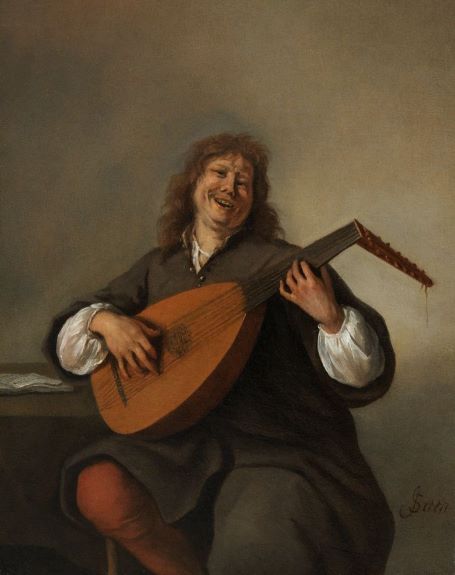
My next “favorite artist” is actually a collection of artists, a phenomenon known as the “Little Dutch Masters”. The self-portrait with lute is one example: Jan Steen. These were artists of limited talent who became, through specialization, very good at what they did best. They were the product of something new in the world: a wealthy mercantile culture, eager for art, but uninterested in the traditional aristocratic subjects: religious and classical stories. They wanted paintings of their own surroundings, familiar life, and symbols of their wealth.
What emerged was a market for works in genre painting, land and seascapes, interiors, and still lives. Rather than waiting for a commission, artists would produce a selection of works in their specialty, and patrons wanting what they produced would come to them and buy the finished work. It was the birth of the art market as we know it. A patron wanting a still life would go to an artist such as Claesz or Heda to find works which showed their material wealth in very familiar settings. Both were known for views of tables laden with food and elegant dinnerware, and especially for the handling of reflections in crystal.
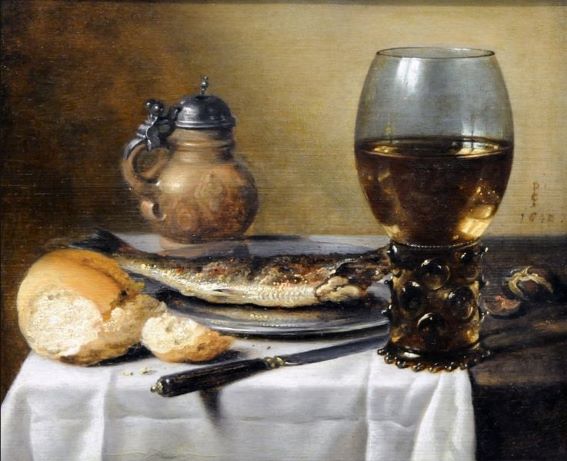

When the Dutch burghers wanted landscapes, it wasn’t the imaginary classical landscapes being painted in France and Italy, but rather their own familiar landscapes, dominated by sky and water. As sea merchants they loved the sea, and Van de Velde gave them everything they wished for. They were also an agrarian society, and Cuyp was known as the finest portrayer of cattle in the land. By sticking with what they knew, these artists were able to produce works of extraordinary quality.
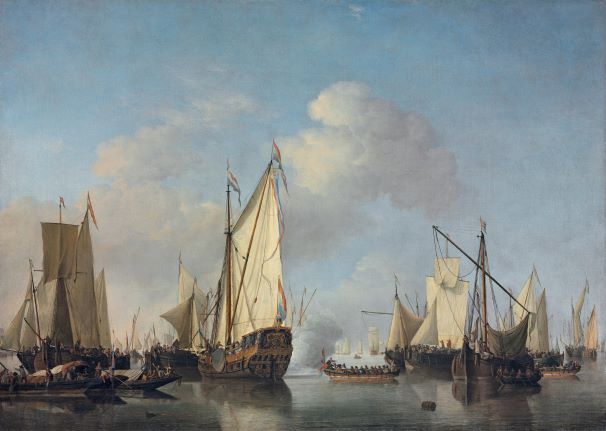
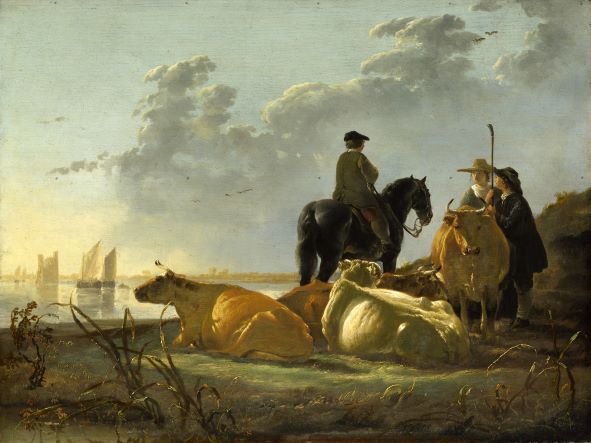
Another subject much in demand was interiors. Some, like de Hooch’s “Courtyard” are designed to show the strong sense of order which dominated Dutch decorative sensibility. The Steen shows an opposite urge: a secret enviousness of the gaiety and disorder of the lower classes. Paintings of revelry and debauchery also allowed the straight-laced burghers to feel a sense of superiority over their less fortunate brethren.
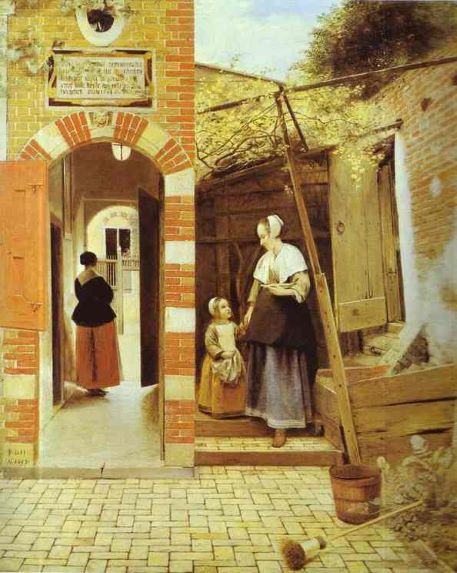

I always come back to the landscapes, perhaps the most numerous and typical of all subjects during this period. My favorite among the Dutch landscape painters is Jan van Goyen, whose liquid style and limited palette seem to perfectly reflect the misty atmosphere of the lowlands. By limiting himself to a color range from brown to grey (warm neutral to cool neutral) he actually is able to make these tones richer, full of pulsating though subtle color.
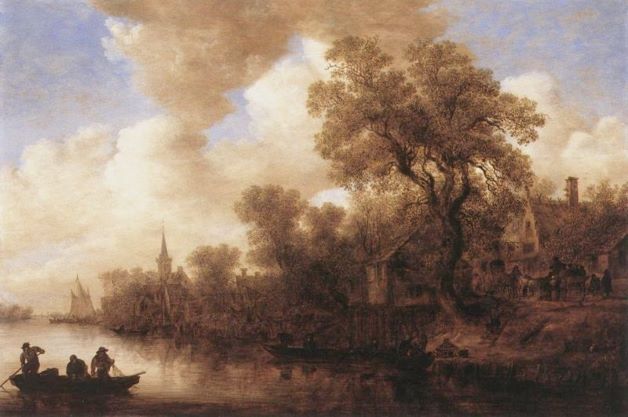
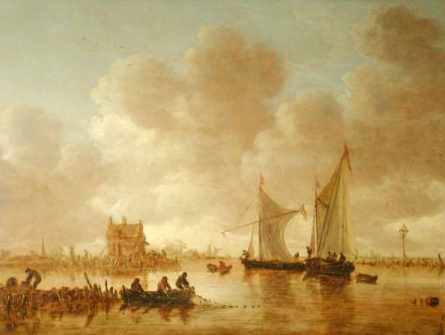
There is one more “Little” Dutch master whom I haven’t mentioned: Jan Vermeer. He deserves and will get a blog of his own, my next.
I love this. Wish I knew about it sooner.